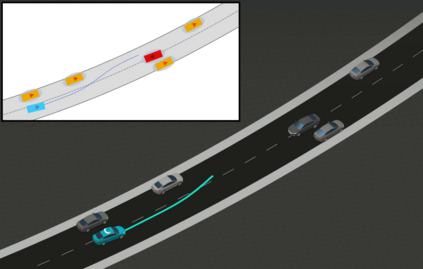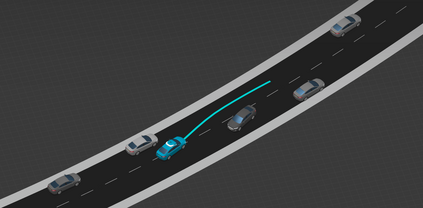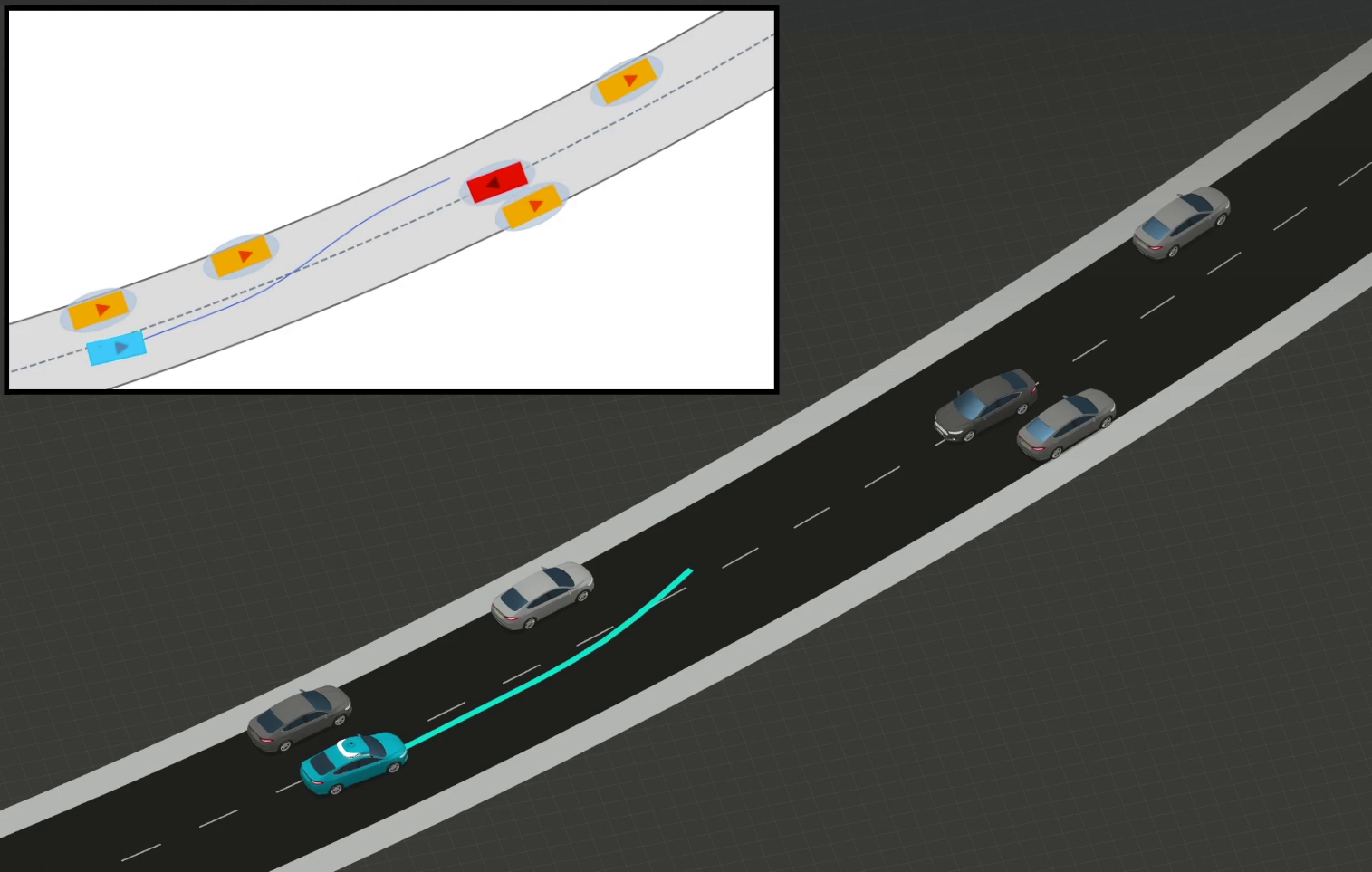Recent road trials have shown that guaranteeing the safety of driving decisions is essential for the wider adoption of autonomous vehicle technology. One promising direction is to pose safety requirements as planning constraints in nonlinear, non-convex optimization problems of motion synthesis. However, many implementations of this approach are limited by uncertain convergence and local optimality of the solutions achieved, affecting overall robustness. To improve upon these issues, we propose a novel two-stage optimization framework: in the first stage, we find a solution to a Mixed-Integer Linear Programming (MILP) formulation of the motion synthesis problem, the output of which initializes a second Nonlinear Programming (NLP) stage. The MILP stage enforces hard constraints of safety and road rule compliance generating a solution in the right subspace, while the NLP stage refines the solution within the safety bounds for feasibility and smoothness. We demonstrate the effectiveness of our framework via simulated experiments of complex urban driving scenarios, outperforming a state-of-the-art baseline in metrics of convergence, comfort and progress.
翻译:最近的道路试验表明,保障驾驶决定的安全对于更广泛地采用自主车辆技术至关重要,一个大有希望的方向是提出安全要求,作为非线性、非线性、非线性优化运动合成问题的规划限制,然而,由于所实现的解决办法的趋同和当地最佳性不确定,这一办法的许多实施受到限制,影响到总体稳健性;为了改进这些问题,我们提议了一个新的两阶段优化框架:在第一阶段,我们找到一种办法,解决混合-内线性规划(混合-内线性规划)的动态综合问题,其产出使第二个非线性规划阶段初始化;在适当次空间,安全及遵守公路规则的严格限制产生了解决办法,而国家轨道规划阶段则在安全范围内改进了解决办法,以便实现可行性和顺利性;我们通过模拟城市复杂驾驶情景的试验,在趋同、舒适和进步的衡量标准方面超过了最先进的基线,展示了我们框架的有效性。











